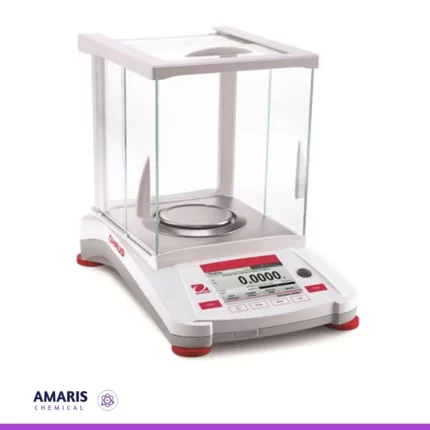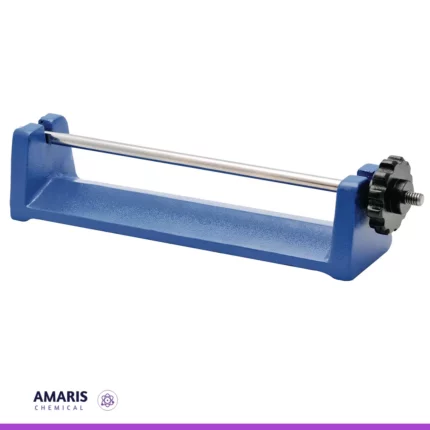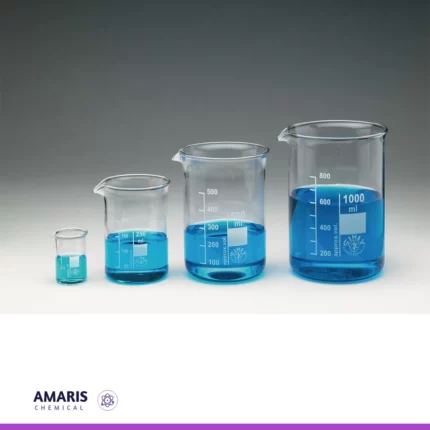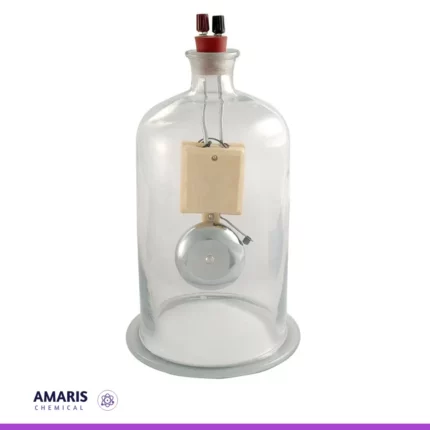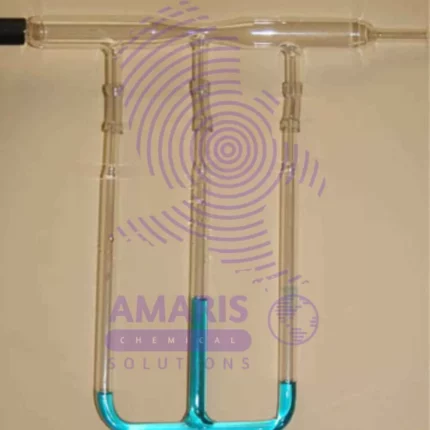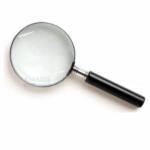
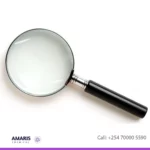


Hand Lens
$300.00 Original price was: $300.00.$250.00Current price is: $250.00.
A hand lens, also known as a magnifying glass or a loupe, is a simple optical instrument used to magnify small objects or details to make them easier to see. It consists of a convex lens mounted in a frame with a handle. Hand lenses are commonly used in various fields such as biology, geology, jewelry making, and inspection of small objects in general.
In biology, for example, hand lenses are often used by field biologists to examine plant or insect specimens closely in their natural habitats. Geologists use them to inspect rocks and minerals for identifying characteristics. In jewelry making, hand lenses are used to inspect gemstones and jewelry for flaws or imperfections.
Hand lenses come in various magnification powers, typically ranging from 5x to 20x, with higher magnification providing greater detail but often requiring the object to be held closer to the lens. They are a handy tool for anyone who needs to examine small objects or details in their work or hobbies.
Uses of Hand Lens
Sample Examination:
Hand lenses are used to closely examine specimens and samples. This is particularly useful in fields such as biology, botany, and microbiology, where researchers need to inspect small organisms, tissues, or structures.
Quality Control:
In industries like pharmaceuticals, food processing, and manufacturing, hand lenses are used for quality control purposes. They enable technicians to closely inspect products for defects, impurities, or irregularities that may affect product quality.
Mineralogy and Geology:
Geologists and mineralogists use hand lenses to examine rock and mineral specimens in detail. This helps in identifying minerals, evaluating crystal structures, and assessing geological features.
Forensic Analysis:
Hand lenses are used in forensic laboratories for examining trace evidence such as fibers, hairs, and other microscopic particles found at crime scenes. They help forensic scientists in identifying and analyzing crucial evidence.
Entomology:
In the study of insects (entomology), hand lenses are essential tools for examining insect specimens. They allow researchers to observe insect morphology, identify species, and study behaviors.
Education and Training:
Hand lenses are valuable educational tools in laboratory settings. They allow students to observe microscopic details without the need for expensive equipment like microscopes. They are often used in introductory biology, geology, and chemistry courses.
Field Work:
Hand lenses are indispensable for fieldwork in various scientific disciplines. Researchers and field biologists use them to examine specimens collected in the field, identify species, and make preliminary observations before more detailed analysis in the laboratory.


 Emollients
Emollients Humectants
Humectants UV Filters
UV Filters Surfactants (cosmetic)
Surfactants (cosmetic) Preservatives (cosmetic)
Preservatives (cosmetic) Fragrances and Essential Oils
Fragrances and Essential Oils Antioxidants (cosmetics)
Antioxidants (cosmetics)
 Solvents (lab)
Solvents (lab) Chromatography Chemicals
Chromatography Chemicals Microbiology and Cell Culture Reagents
Microbiology and Cell Culture Reagents Biochemical Reagents
Biochemical Reagents Inorganic and Organic Standards
Inorganic and Organic Standards Spectroscopy Reagents
Spectroscopy Reagents Molecular Biology Reagents
Molecular Biology Reagents
 Precious Metal Extraction Agents
Precious Metal Extraction Agents
 Plasticizers
Plasticizers Polymerization Initiators
Polymerization Initiators Stabilizers
Stabilizers Monomers
Monomers Fillers and Reinforcements
Fillers and Reinforcements Antioxidants (plastics)
Antioxidants (plastics) Colorants (plastic pigments,Dyes)
Colorants (plastic pigments,Dyes)
 Fertilizers
Fertilizers Plant Growth Regulators
Plant Growth Regulators Soil Conditioners
Soil Conditioners Animal Feed Additives
Animal Feed Additives Biostimulants
Biostimulants
 Dough Conditioners
Dough Conditioners Flour Treatments
Flour Treatments Fat Replacers
Fat Replacers Preservatives (baking)
Preservatives (baking)
 Surfactants (cleaning)
Surfactants (cleaning) Builders
Builders Bleaching Agents
Bleaching Agents Enzymes
Enzymes Solvents (cleaning)
Solvents (cleaning) Fragrances
Fragrances Disinfectant
Disinfectant Metal cleaning
Metal cleaning
 Binders/Resins
Binders/Resins Pigments
Pigments Solvents (paint)
Solvents (paint) Additives
Additives Driers
Driers Anti-Corrosion Agents
Anti-Corrosion Agents Specialty Coatings
Specialty Coatings Functional Coatings
Functional Coatings Application-Specific Coatings
Application-Specific Coatings
 Sealants and Adhesives
Sealants and Adhesives
 Biodegradable Surfactants
Biodegradable Surfactants Bio-based Solvents
Bio-based Solvents Renewable Polymers
Renewable Polymers Carbon Capture Chemicals
Carbon Capture Chemicals Wastewater Treatment Chemicals
Wastewater Treatment Chemicals
 Preservatives (food)
Preservatives (food) Flavor Enhancers
Flavor Enhancers Acidulants
Acidulants Sweeteners
Sweeteners Emulsifiers
Emulsifiers Antioxidants (food)
Antioxidants (food) Colorants (food)
Colorants (food) Nutrient Supplements
Nutrient Supplements Nutraceutical Ingredients
Nutraceutical Ingredients
 Fresh Herbs
Fresh Herbs Whole Spices
Whole Spices Ground Spices
Ground Spices Spice Blends
Spice Blends
 Surfactants(oil)
Surfactants(oil)
 Antibiotics
Antibiotics Active Pharmaceutical Ingredients
Active Pharmaceutical Ingredients Excipients
Excipients Vaccine Adjuvants
Vaccine Adjuvants Nutraceutical Ingredients
Nutraceutical Ingredients Solvents (pharmaceutical)
Solvents (pharmaceutical)
 Automotive chemicals
Automotive chemicals Pyrotechnic Chemicals
Pyrotechnic Chemicals


 Vulcanizing Agents
Vulcanizing Agents Accelerators & Retarders
Accelerators & Retarders Antidegradants
Antidegradants Reinforcing Agents
Reinforcing Agents Plasticizers & Softeners
Plasticizers & Softeners Fillers & Extenders
Fillers & Extenders Blowing Agents
Blowing Agents Adhesion Promoters
Adhesion Promoters


